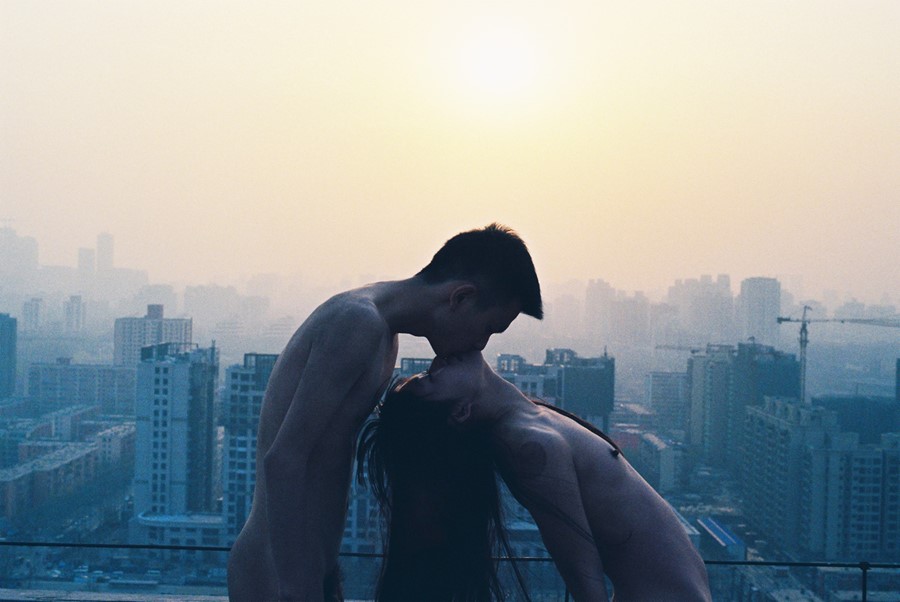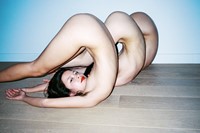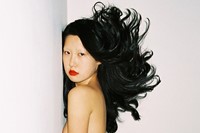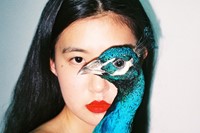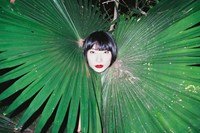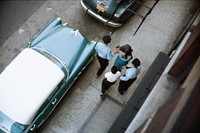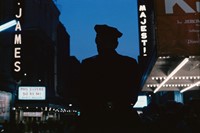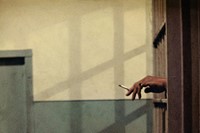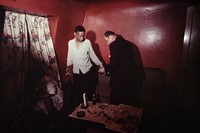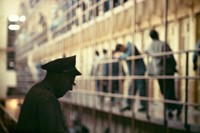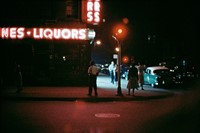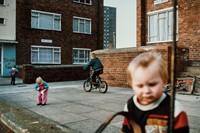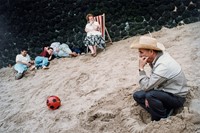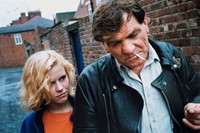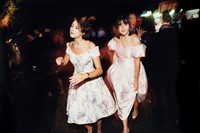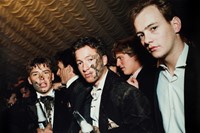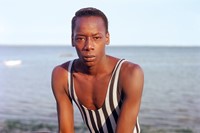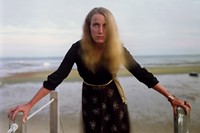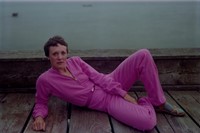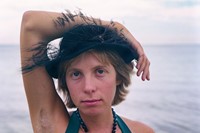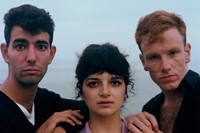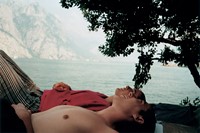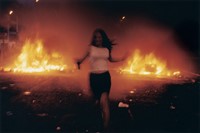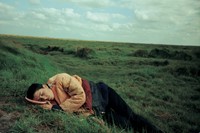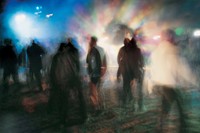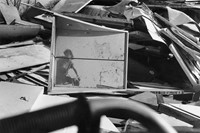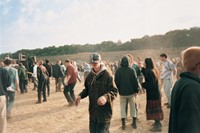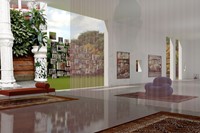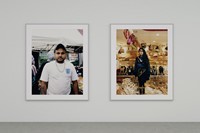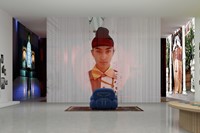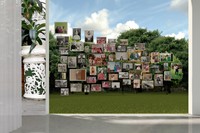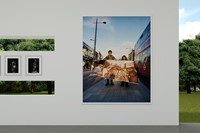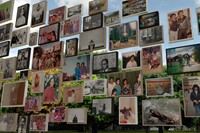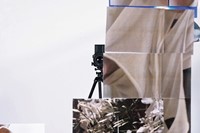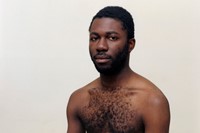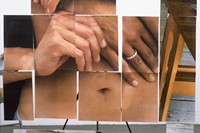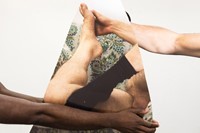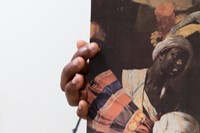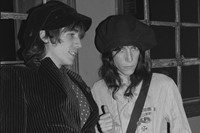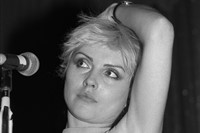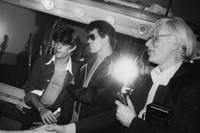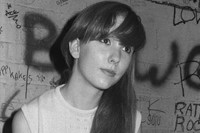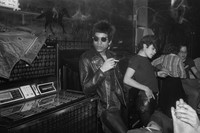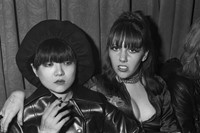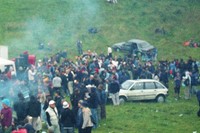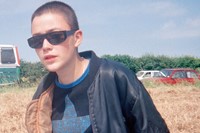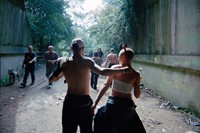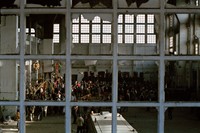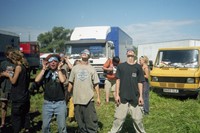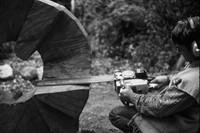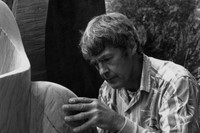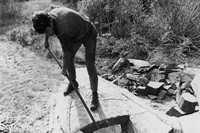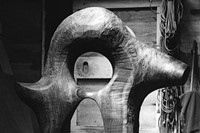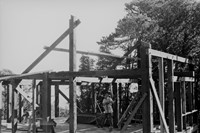A selection of photo books to buy now – from a close look at a 1950s series by Gordon Parks to Vinca Petersen’s document of her days spent raving in the 1990s
Ren Hang, published by Taschen
As a new exhibition of nudes by the late Ren Hang continues at Italy’s Centro Picci, Taschen’s monograph on the Chinese artist is still available to buy (Hang self-published a number of books throughout his career before Taschen’s international book, most of which are now rare and highly sought after). Published in 2016 – Hang died in February the following year – the monograph is a complete overview of his boundary-breaking career, looking at how he explored sexuality in his unflinching photography. “I do not think nudity is challenging – nudity is common, everybody has it,” Hang said in 2014. “I like people naked and I like sex; I use nudity so that I can feel more realism and sense of presence.” Another book, For My Mother, published to accompany an exhibition of Hang’s work in 2019, is also in stock on Dashwood Books’ website.
The Atmosphere of Crime, 1957 by Gordon Parks, co-published by Steidl and the Gordon Parks foundation, in collaboration with MoMA
A new book from Steidl hones in on a 1957 series by Gordon Parks, originally commissioned for Life magazine where he worked as a staff photographer. The Atmosphere of Crime features a selection of previously unpublished photographs from the series, as well as the original images that made up the searing Life story. Parks was tasked with investigating crime in the US, and took photographs over the course of six weeks in New York, Chicago, San Francisco and Los Angeles. The first of two exhibitions on Parks opened earlier this month at London’s Alison Jacques Gallery, also spotlighting two of his Life magazine commissions: a series looking at racial inequality in the USA’s Southern states, and another on the growing number of Black Muslims in the country in the 1960s.
Give My Regards to Elizabeth by Peter Bialobrzeski, published by Dewi Lewis Publishing
German photographer Peter Bialobrzeski’s recently published book Give My Regards to Elizabeth is a document of a year spent in England in the 1990s when he was a student. Bialobrzeski travelled around the country, attending quintessentially English events like summer days at the beach, university parties, Glastonbury and the Epsom Derby, while also noting a society rife with class divides and inequalities. “This clear division within a society clearly did not exist in Germany in the early 90s, so I guess that was an obvious fact to look at,” the photographer told AnOther as Give My Regards to Elizabeth was published.
Provincetown by Joel Meyerowitz, published by Aperture
New York-based photography foundation Aperture is currently holding a short-term print sale of three photographs by Joel Meyerowitz taken in the late 1960s and 1970s, with proceeds going to the photographer’s archiving project, Aperture and the Equal Justice Initiative, a US organisation which works against racial and economic injustice. The legendary photographer’s most recent book, Provincetown, compiles portraits taken in the 1970s and 80s in the Massachusetts coastal town known for its LGBTQ+ community. “I just wanted humanity. A simple sense of who this human being is that is the other for me,” Meyerowitz told AnOther as the book was published last year. “And I think it shows that we’re all human. We’re just human beings, and we’re strange and beautiful and interior and no matter what our sexual preferences are, this is what we look like.”
No System by Vinca Petersen, self-published
Originally published in 1999, Vinca Petersen’s No System fast became a cult sell-out. The artist is republishing No System – which she describes as a “family photo album”, documenting her years spent travelling Europe with sound systems and raving – this year, with its original layout and compelling collection of photographs, notes and ephemera. “I think I had a sense – although we were very much living in the moment – that what I was living through was extraordinary,” Petersen told AnOther earlier this year. “To be able to encourage people to seek a way of living which is slightly outside the obvious, in whatever form – I think it gives them a strength to deal with life. Any sort of that resilience is very good for people. No System, I hope, is a bit of that kind of tonic.”
Jalebi by Priya Ahluwalia and Laurence Ellis, self-published
As part of London Fashion Week’s digital, gender-neutral event staged in June, designer Priya Ahluwalia launched an online exhibition and accompanying photo book entitled Jalebi. Named after an Indian confection, Jalebi is a portrait of Southall in west London, the largest Punjabi community outside of India and somewhere Ahluwalia would go often with her family growing up. “I wanted to show how beautiful of a place it is,” she told AnOther of how Jalebi began, “and how interesting it is when different heritages mix together in a geographical location, and all the nuance that it brings with it.” The photographs in Jalebi, taken by Laurence Ellis over the course of a year, sit alongside encounters with Ahluwalia’s family – including an interview with her beloved maternal grandmother – and explore what it means to be mixed race in the UK today.
Paul Mpagi Sepuya, published by Aperture
In early June, American photographer Paul Mpagi Sepuya announced via Instagram that he would send a print to anyone who has donated a minimum of $250 to a number of organisations furthering the Black Lives Matter movement, an initiative launched in response to the ongoing protests happening across the world. The image on offer is typical of Sepuya’s wider photography practice: the artist is pictured in a print hanging on the wall behind a tripod and black curtain, seen through the smudged surface of a mirror in his studio. Earlier this year, Aperture co-published a monograph on Sepuya – timed to coincide with a large retrospective at the Contemporary Art Museum St. Louis – which looked back over a decade of his photography.
When Midnight Comes Around by Gary Green, published by Stanley/Barker
“I had no idea what I was going to do with my life,” photographer Gary Green recently told AnOther. Green’s new book When Midnight Comes Around compiles his photographs, taken in the 1970s, of some of New York’s icons of that era; characters like Lou Reed, Debbie Harry, Richard Hell, Andy Warhol, David Johansen, Johnny Thunders and Tom Waits. Green would cut his teeth in photography by documenting nights out at Max’s and CBGB. “I worked during the day as a photographer’s assistant in midtown. At night, I would go out whenever I could to see a band, meet someone to photograph, or see what was going on. I wasn’t very career oriented – I just knew I wanted to make photographs.”
Spiralled by Seana Gavin, published by IDEA
Artist Seana Gavin’s new IDEA-published book documents her time spent in the 1990s underground rave scene via photographs, diary entries, flyers and ephemera – 17 years’ worth of archival material which Gavin sorted through to create Spiralled. “The book takes you on a journey of emotions through that period in my life,” Gavin told AnOther as the book was published. “I hope it will give people a sense of what it was like to be immersed in that scene rather than from the perspective of an outsider. I hope it captures the sense of community, adventure and freedom that embodied that scene.”
JB Blunk edited by edited by Mariah Nielson and Åbäke, published by Blunk Books and Dent de Leone
“JB Blunk presents the breadth of the artist’s practice and synergy between his life and work,” says Mariah Nielson, who is the acclaimed artist’s daughter and the co-editor of a new book which details his life and work. The comprehensive monograph looks at the California home Blunk built and lived in for 40 years, as well as the furniture and sculptures he made on site and brought into his home. “Combining archival and newly commissioned photographs, the publication describes Blunk’s connection to the place he lived and worked and the materials he created with – clay, stone and wood.”
